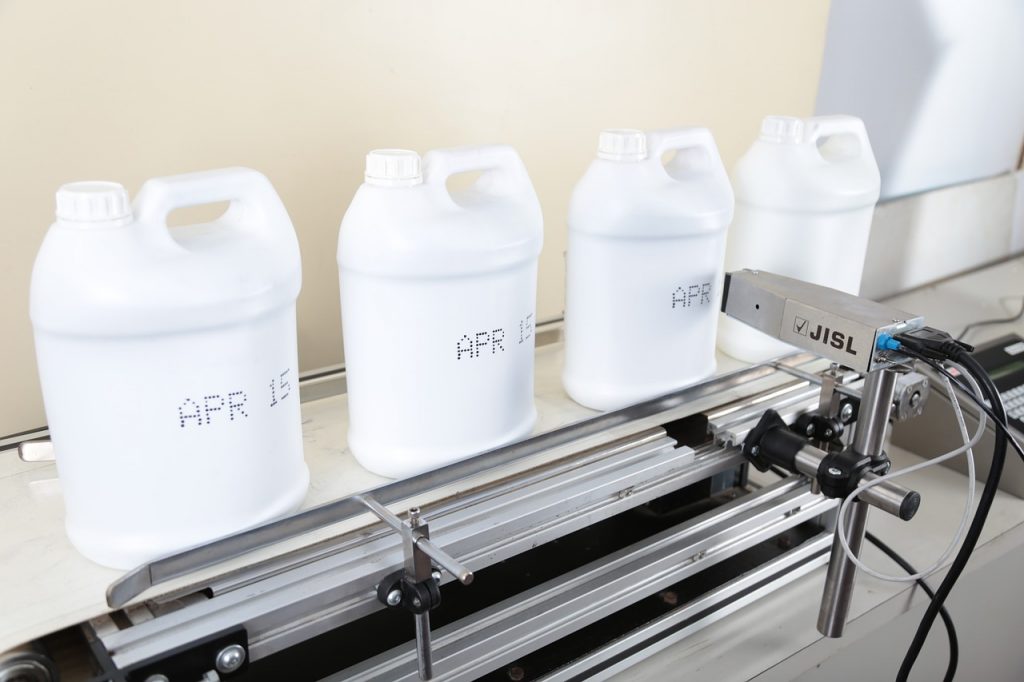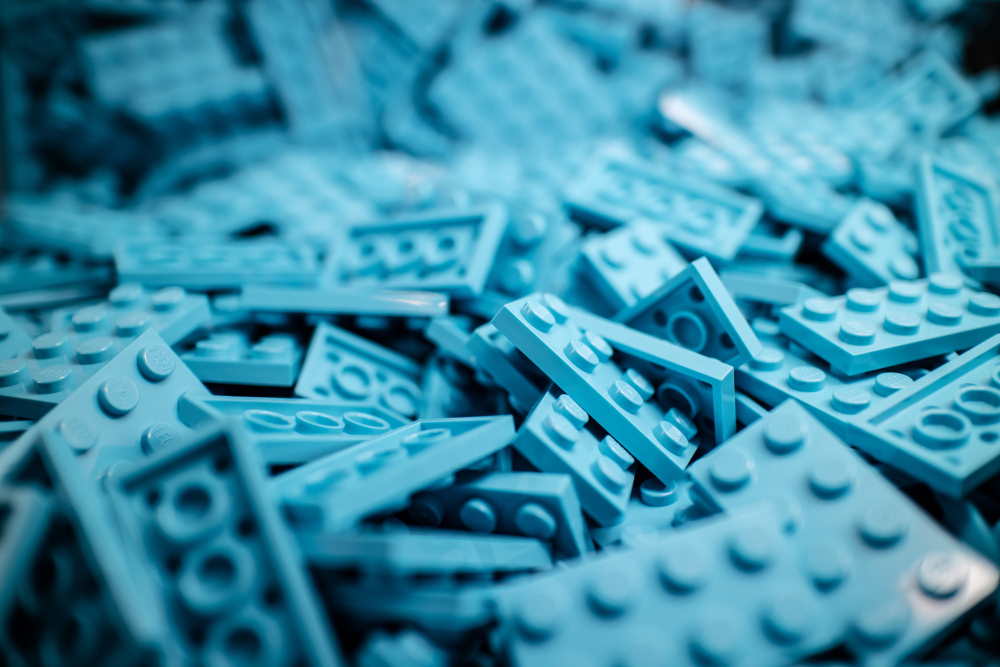Custom plastics design phase
When working with custom plastic molders to produce your product the objective is quite often this: get the part to advertise quickly and at the lowest cost.
That is actually quite difficult.
Design is generally changed a few times before being fixed. There are also cases where a part design will be completely rejected due to its difficult or impossible moldability. It refers to a part's capacity to shape without twisting the polymer during material cooling.
That is the reason building up a solid relationship with a custom plastic molder is so significant, particularly during the beginning phases of the part design. A certified and trusted supplier knows the intricate details of the product. They have done similar products many times and gathered a deep understanding of molding and product design. You will be less likely to have any issues later on if you start to communicate with them early.
By joining forces with a good molder early, organizations can guarantee the design is suitable to be molded without complications. In the end, the product should go through all necessary testing, continue through the FDA approval process, and eventually arrive at the market considerably faster.
The organization and decay both set aside time and cash, so everybody is glad. Here are a few stages organizations can take to guarantee this.
1. Plastic moldability
As noted before, moldability is the bread and butter of any molding project.
Some OEMs and product design companies don't have somebody on staff with plastics manufacturing skills who are prepared to see things like part wall thickness, cavities, and cores. Sometimes an organization will outsource the design to a design company. That can even further complicate the process if the design house does not have the knowledge. This is the place where the input and knowledge of a molder can be so significant.
A decent molder can take a glance at a plan from the get-go and right away to see moldability problems. For example, an frequently overlooked feature is the draft angle, particularly since part models can be created with 3D printing and CNC machining measures where the draft isn't required.
Regardless of whether the part designer has the part already finished, it is not too late to ask for advice from a molder. The earlier you can find and address problems regarding manufacturability the better (and less expensive) it is. The molding expert can check the drawing, decide whether it's excessively detailed, too complex, or costly for its application. Then offer corrections to guarantee the project can effectively push ahead. Organizations frequently wonder whether or not to connect with their molder because of cost, yet cash is really saved if you find problems early on. Chances are high that your part designer does not fully acknowledge moldability in his designs.

Your budget and application
Looking at saving some cash leads us to the next topic: financial planning.
What kind of financial plan do you have for tooling? What are the assumptions for the part? Do you know production numbers and applications right away? A molding expert can walk you through those questions and help with discovering arrangements.
It's critical to perceive what the application of the part is, and once the client realizes that, they can continue with arranging the best strategy that will also save the most money. For example, suppose the underlying testing just requires the creation of 10 parts. It would not bode well to make a full production mold, as the expense would be impressive.
Sometimes, a prototype mold made with soft steel or aluminum is the best alternatives to test parts. You should only buy/build what you really need for your custom plastics project.

Custom plastic material
Materials choice is vital with regards to creating items for the plastics market. Nobody has more involvement in or knows materials better than a custom plastic molder.
From the earliest starting point of the project plan, OEMs ought to speak with their molder about the materials that have been chosen or are being considered for the part. Periodically, a product incorporates different parts that should go together. When it comes to the prototype where all parts go together, it can happen that different material choices don't go well together.
Skilled injection custom plastic molders can guarantee the correct materials are chosen to produce a product according to expectations. Not every material is suitable for each application, which is the reason criticism is so important.
Choosing the correct materials is definitely not a simple decision to make, all things considered. A mechanical engineer or designer often doesn't have the knowledge about materials and their interactions with each other.
Good custom plastic molders can direct you through the applications and figure out which materials will turn out best for how the part will eventually be utilized.
For instance, if a gadget is to be utilized by a specialist, the client would need something perfectly functional, lightweight, simple to hold, stylishly satisfying, and truly sturdy. According to that particular application, the molder may guide them to a material like Polycarbonate. Or on the other hand, if the part should be particularly strong or meet other specific necessities, they might need Polysulfone (PSU), Polyphenylsulfone (PPSU), Polyarylethereketone (PAEK), polyetheretherketone (PEEK), or Polyarylamide (PARA). Those are completely viewed as near being on a similar level as certain metals as far as their performance.
Take a look at our plastic material guide, showing you the top 15 plastic materials. This should lead you in the correct direction when it comes to material selection.
Time Frame of custom plastic molders
Plastic custom molders can give key input, regarding how rapidly the client needs the part. The client's engineers might have some rough opinion on it, however except if the person has the correct foundation, that could really impede the production.
The time span can likewise influence the choice of materials. The client sometimes has a particular material grade and composition in mind. However, many of these exceptional materials have long lead times. There are likewise situations where the client has chosen a specific material, yet that material has just been ended or requires a high minimum order quantity.
Custom plastic molders can help lead the client toward the correct evaluation of materials, realizing it will not be suspended and there are no purchase concerns. That speeds up the cycle and reduces the time to market.
Mold flow simulation
The objective of the mold flow simulation is to assist the client with getting an ideal shape equipped for creating quality pieces for years to come. You know you found an expert molder if they offer this as a service.
Mold flow simulation of Mold flow analysis (MFA) used computing power to simulate the filling process. Using the right software and configurations you can get close to a real injection. This helps immensely to identify major problems early on.
If there is a problem, such as an unwanted welding line location of too high pressures at a thin wall, the molder will raise a flag. There is still time to change the design of the mold of the part. In custom plastic molding, it is always better to identify problems early on. The later you find out about a problem the more costly it will be and the more time it takes.
Major issues with moldability are easily tracked down with an MFA. Those are the problems that could cause your project to fail its timeline.
Some of the common problems to find out with MFA are part distortion, warp, short shots, trapped gas, or non-filled areas. Those problems can often be easily solved with some adjustments.
Eventually, any part still needs its final trials, because the real conditions on the injection machine depend on so many factors, it is sheer impossible to simulate all of it. However, once you fixed major concerns, chances are high that the trials won't show any big problems. It is completely normal to have minor problems, there is almost no mold that runs perfect at the first trial.
Custom plastic molders - Takeaways
It becomes pretty clear how important good communication with your custom plastic molder is. Those guys are experts in their area and have done thousands of projects, just like yours, before. Their comments on moldability and part design are incredibly important to produce good parts for a reasonable price.
The extra time and cost that you will spend on design changes or material changes early on in the project are just a fraction of what it would cost to find them later on. Always remember, the earlier you can identify and solve problems in custom molding, the more money and time you will eventually save. There is no reason to be afraid or hesitant to talk to your molder. Good communication and partnership are what make your project meet your expectations.
Do's and Don'ts
Do speak with your molder early and regularly
Don't believe it's past the point where you can modify/fix a product design. Regardless of whether a designer has fixed the drawing, if necessary to change, you have to do it.
Do think about the budget. Listening to your molder will always keep you closer to the planned budget.
Don't try to go for the cheapest molder. Get one with experience and confidence about your product. The cheapest molders can end up costing you the most.
Do schedule enough time for corrections and changes.
Don't focus on the material choice too much. Have a selection of materials that are suitable for your application. Then ask your molder which one he recommends.
Do consider the advantages to pay for a Mold Fill Analysis (MFA) as it can save you a lot of time and money.
